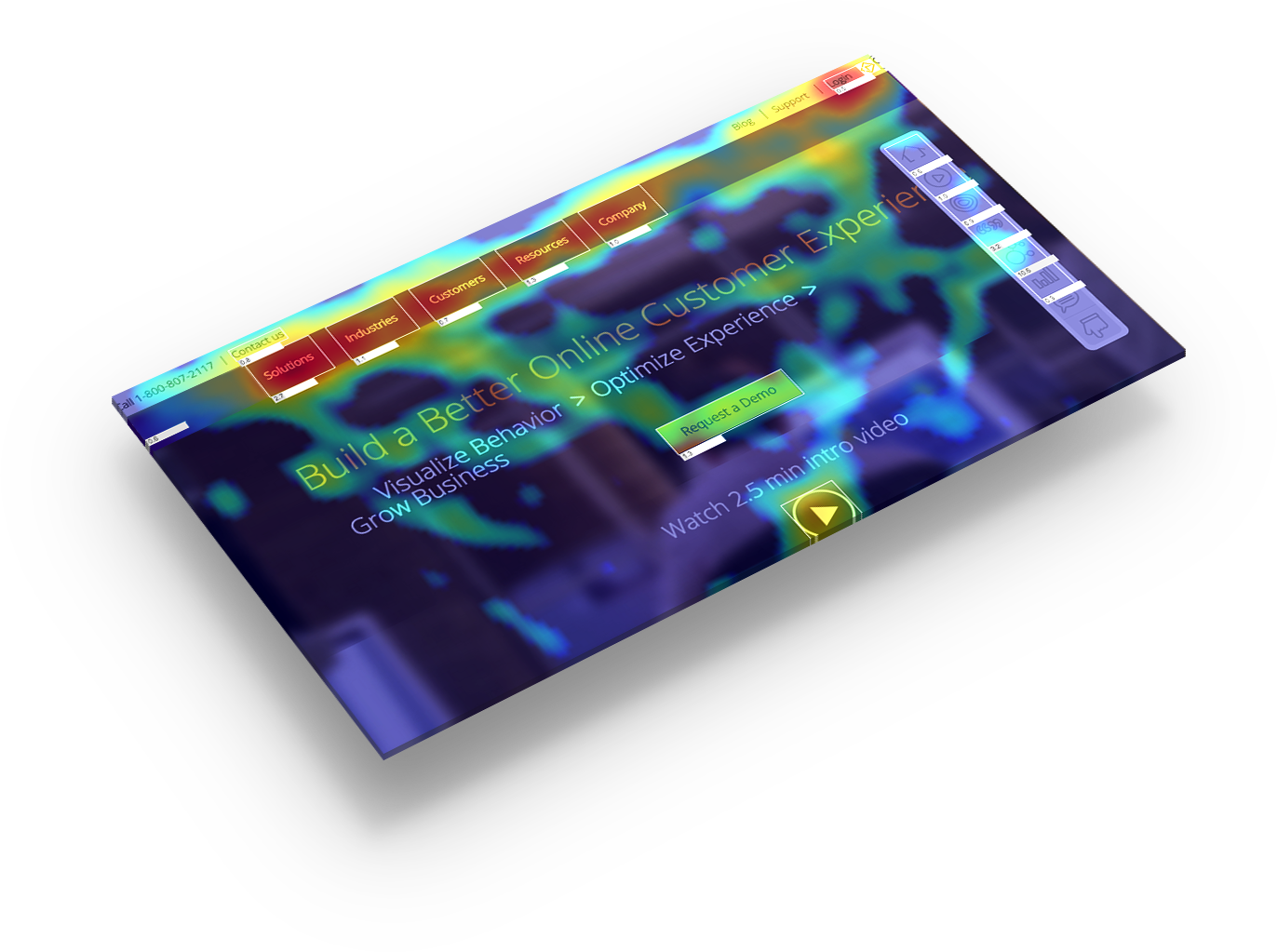Designing a site with the end user in mind can be challenging when you know little about them. User research helps designers learn more about your audience so they can create the best user experience for your site.
There are a variety of methods for conducting user research, from user interviews to analytics. To gather the best information, both qualitative and quantitative methods should be taken into account. Here are some of the user research processes we implement at Zivtech.
User Interviews
User interviews allow designers to collect input and feedback directly from current users. We conduct user interviews after we outline initial user personas, and then refine them further based on our findings.
We break down user types and form questions that relate directly to each. This is a great opportunity to learn which parts of the site are most important to users, how technical or simple the site design should be, and what current pain points exist.
Interviews can vary in format and can be conducted individually or in groups. Interviews typically last around 30 minutes and allow designers to gather suggestions, determine wants, and set goals to accomplish with the new site.
Participants are often offered incentives for their participation. Interviews include the most frequent site users as well as anyone closely involved in site functionality, such as the website support team. The support team can contribute valuable information about users’ frequently asked questions and common complaints.
Examples of interview questions:
- What are some of your goals when navigating the site?
-
What aspect of the current site do you find the most difficult to use?
-
How frequently do you visit the site?
User Observations
Observing site users in action is another great way to gather insight. In this method, users navigate the site to complete prompted tasks while describing their thoughts and actions. At the same time, someone observes their behaviors and mouse or eye movement patterns. User observations are done in person or via applications like GoToMeeting.
User observation allows designers to see firsthand where roadblocks on the site are, which parts of the site are being accessed most frequently, and where there’s room for improvement.
Conversion Optimization Platforms
If the client uses software for conversion optimization, like VWO or Optimizely, designers can also use this information when compiling user research. These platforms allow designers to view mouse movements of site visitors, see clicks and scrolls, and A/B test different elements on the page.
Heatmaps show where users click most frequently and can also include eye-tracking in some cases. Designers can see when users click on something that isn’t a link, how far they scroll on a page, which links are most popular, and how often the footer is used for navigation instead of internal page links.

Designers can use the results of past A/B tests and perform new tests to determine where to include certain content or how to name links and headers. Test results can influence aspects of design such as what font style to use, which layout will lead to more conversions, and how to create site navigation that will lead to goal completion.
Google Analytics
Data from Google Analytics is also useful for creating more effective site designs. By analyzing metrics such as page views, time spent on page, and drop off rates, designers can make changes to correct or improve undesirable user behavior. Google Analytics can also be used to guide site navigation decisions by examining which pages are getting the most views and making those pages easy to find.
Designers also look at where users drop off and leave the site to decide how these pages can be improved. By analyzing the most popular content, designers can determine which information site visitors find most useful. Additionally, behavior flow charts help show which processes users struggle with.
Review the Old Site
A thorough review of the current site is another useful method. Designers act as if they’re site users and attempt to navigate through the site. They write down any pain points that arise and make note of any parts of the site that cause confusion. They ask questions such as: Was this difficult to find? Was information missing?
It’s important that designers evaluate all aspects of the site, from content to navigation. They look at whether or not the company’s mission and messaging are clear and click on links to make sure they direct visitors to the correct page.
Designers also often pair this method with a competitive analysis to help discover what the client expects of the new site. By gathering information on what elements a client likes from sites that already exist, they’re able to gain insight into client preferences and use those aspects to influence elements of the new site design.
By conducting thorough research on users prior to site redesign, designers can ensure the new site is built to fit the needs of each unique client. Using multiple methods together ensures that the new site will be easy to use and tailored towards the client’s goals to increase engagement and conversions.
